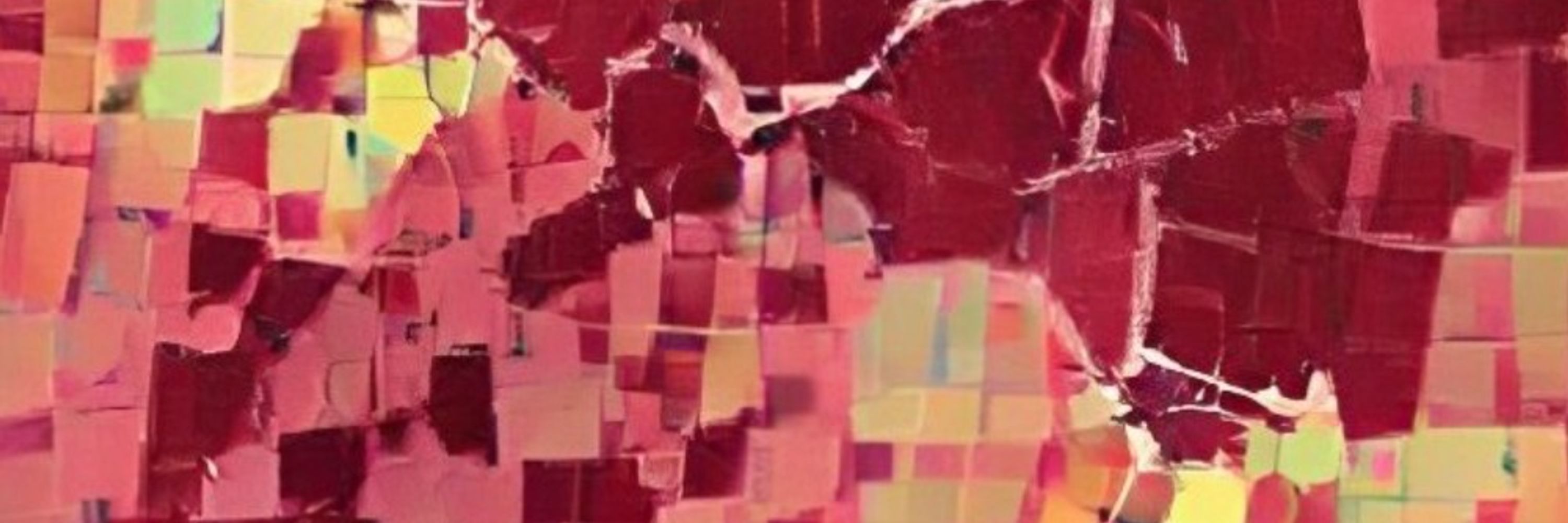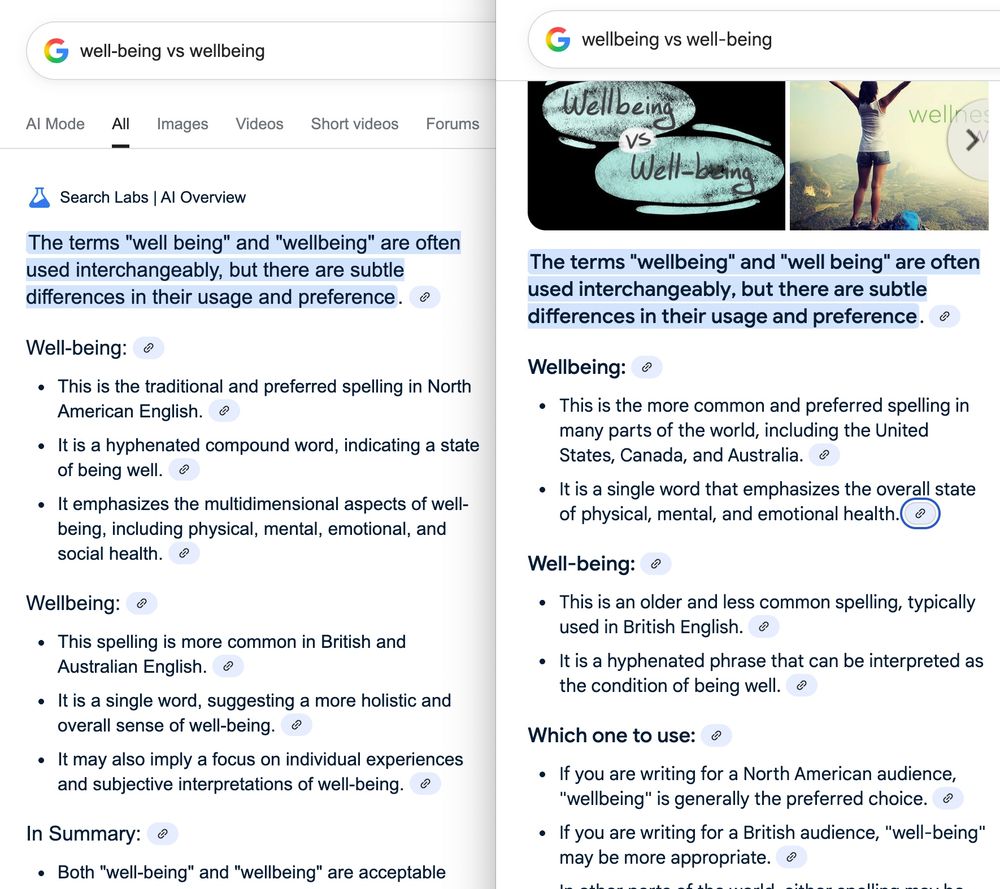
Vis / HCI - Designing data for the public.
📊❤️ PI @informationvisions.bsky.social
Previously: Bucknell CS prof, Tufts CS PhD
🔗 https://peck.phd/
🦬 I grew up in upstate NY (giant Bills fan)
🦬 I was a CS prof at Bucknell for almost 10 years
🦬 I am now an Info Sci prof at CU Boulder

🦬 I grew up in upstate NY (giant Bills fan)
🦬 I was a CS prof at Bucknell for almost 10 years
🦬 I am now an Info Sci prof at CU Boulder
Are they using charts as clickbait for the article?

Are they using charts as clickbait for the article?
Titles create powerful frames in the way people interpret data (see: Kong et al 2019, www.hidykong.com/papers/Kong-...). This one tells a story that doesn't exist in the charted data.

Titles create powerful frames in the way people interpret data (see: Kong et al 2019, www.hidykong.com/papers/Kong-...). This one tells a story that doesn't exist in the charted data.
What if I told you all these charts came from just the first 5 pages of our monthly sales tax update? 😱
🔗 www.erieco.gov/ArchiveCente...




What if I told you all these charts came from just the first 5 pages of our monthly sales tax update? 😱
🔗 www.erieco.gov/ArchiveCente...
So if you guessed ~180, I both want to congratulate you and ask what kind of vis trauma you have experienced in the past.

So if you guessed ~180, I both want to congratulate you and ask what kind of vis trauma you have experienced in the past.
I think of red as either a high value (vis associations) or incredibly colorful leaves (tree associations). Here, it means "still nice, but declining" leaf colors 🤔
(I still kind of love the fall colors style 🍁)

I think of red as either a high value (vis associations) or incredibly colorful leaves (tree associations). Here, it means "still nice, but declining" leaf colors 🤔
(I still kind of love the fall colors style 🍁)
It took me only a single prompt to create this emoji-based multiplication table for my child.

It took me only a single prompt to create this emoji-based multiplication table for my child.
▶️ youtu.be/RBNX8L5RTIA?...
🔗 cubuffs.com/news/2025/8/...

▶️ youtu.be/RBNX8L5RTIA?...
🔗 cubuffs.com/news/2025/8/...
Depending on query framing, Google gives inverse recommendations for US audiences!
Almost as if its inferring my preference from order and trying to make me happy 🤔

Depending on query framing, Google gives inverse recommendations for US audiences!
Almost as if its inferring my preference from order and trying to make me happy 🤔
(I can't quite figure out why more of Houston seems to be rising in the paper than the WPost article 🤔)


(I can't quite figure out why more of Houston seems to be rising in the paper than the WPost article 🤔)
Give me more Du Bois designers right now.

Give me more Du Bois designers right now.
All that white? It actually represents a *low* probability of > 0.1" of snow.
Totally normal to use white as the low end of a scale.. but here, it just looks like the map is covered in snow

All that white? It actually represents a *low* probability of > 0.1" of snow.
Totally normal to use white as the low end of a scale.. but here, it just looks like the map is covered in snow
Icon arrays are a great way to see some kinds of data - often used in health, and broadly used to communicate probability.
But I get annoyed trying to prototype them, so I made a tiny tool to quickly make + share emoji-based icon arrays.
👉 emojicon-creator.netlify.app
Icon arrays are a great way to see some kinds of data - often used in health, and broadly used to communicate probability.
But I get annoyed trying to prototype them, so I made a tiny tool to quickly make + share emoji-based icon arrays.
👉 emojicon-creator.netlify.app
While the 🥧 pie chart looks like 3 roughly-equal groups of people, the "didn't vote" group jumps out in a 📊 bar graph
Same data plotted below: barvpie.netlify.app?numbers=31.5...

While the 🥧 pie chart looks like 3 roughly-equal groups of people, the "didn't vote" group jumps out in a 📊 bar graph
Same data plotted below: barvpie.netlify.app?numbers=31.5...
Old 🗺️ (left): It takes work to understand because the color lightness doesn't increase consistently with values (48% is light-blue, 52% dark-purple 😬)
New 🗺️ (right): lightness increases as values increase 👍


Old 🗺️ (left): It takes work to understand because the color lightness doesn't increase consistently with values (48% is light-blue, 52% dark-purple 😬)
New 🗺️ (right): lightness increases as values increase 👍
I like this example showing how graph rankings vary between people (@mjskay.com + @laneh.bsky.social research paper)
arxiv.org/pdf/2212.10533

I like this example showing how graph rankings vary between people (@mjskay.com + @laneh.bsky.social research paper)
arxiv.org/pdf/2212.10533
While I understand the shift in clarity, I really miss fronting that data integrity info vs. burying in a footnote.

While I understand the shift in clarity, I really miss fronting that data integrity info vs. burying in a footnote.
Vis designers often use a color like gray for regions with little-to-no data. But "in counties with few policies reported", @nytimes.com used the state avg + a dotted texture
Imagine how different this would look + feel if those sections were gray! 🤔

Vis designers often use a color like gray for regions with little-to-no data. But "in counties with few policies reported", @nytimes.com used the state avg + a dotted texture
Imagine how different this would look + feel if those sections were gray! 🤔








